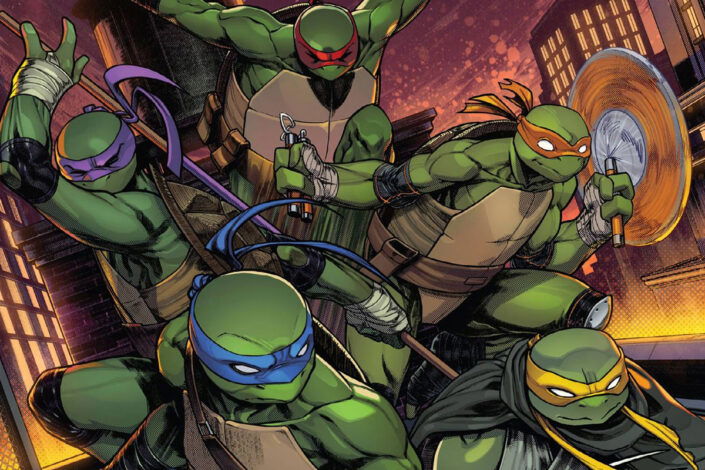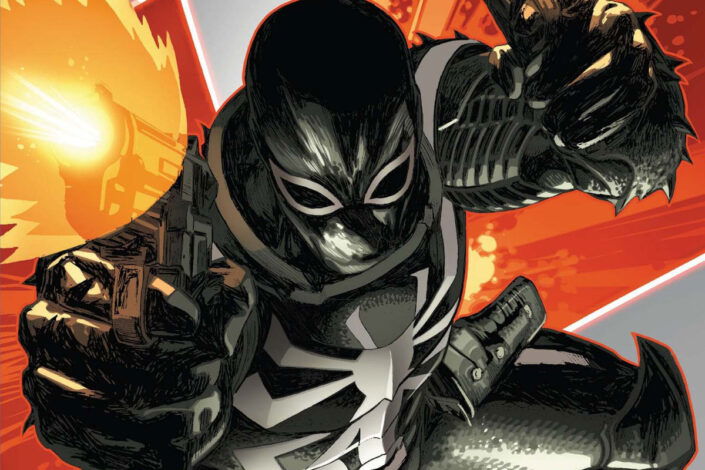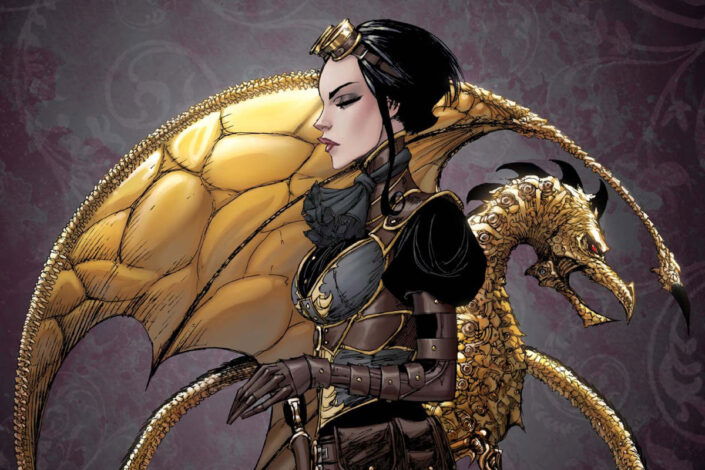Reading Jason Comics: A Guide to Explore the Norwegian Cartoonist’s World

John Arne Sæterøy, known professionally as Jason, is a Norwegian cartoonist born in Molde in 1965. He began publishing comics in magazines during the 1980s but gained wider recognition in 1995 with his first graphic novel, Pocket Full of Rain (Lomma full av regn). Two years later, he launched his own comic book, Mjau Mjau, before shifting his focus exclusively to graphic novels in 2002.
Influenced notably by Hergé, Jason’s work is defined by clear line drawing, minimal text, and the frequent use of anthropomorphic characters. He often uses a four-panel grid (or nine) and favors a muted color palette, but a good part of his oeuvre is in black & white. His visual style remains consistent across his body of work, making his oeuvre coherent and immediately distinguishable from that of other cartoonists.
However, he doesn’t stick to one genre when it comes to the stories he tells. He can write crime and science fiction tales, historical pastiche, romance, and monster stories, often blending historical fiction with pulp tropes. He references Buster Keaton, explores Hemingway’s life with a twist, and talks about his long hikes in Europe. But he always focuses on human problems, exploring solitude, unspoken desire, or the absurdity of routine, often with a touch of melancholy, a dry humor, and an emotional edge.
Since 2001, Jason’s comics have been published internationally, with English editions appearing through Fantagraphics Books. His books are often released earlier in France, where he has lived since 2007 (currently in Montpellier). His work has received multiple awards, including the Eisner Award, the Inkpot Award, the Brage Prize, and the Sproing Award.
Read More »Reading Jason Comics: A Guide to Explore the Norwegian Cartoonist’s World








